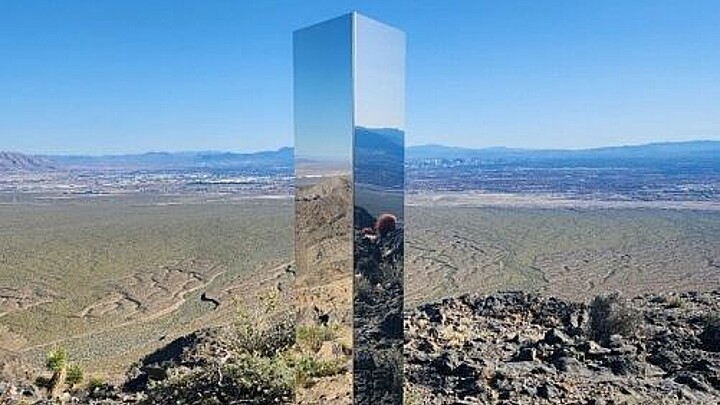Trending
Sharp, angled marks found on ocean floor ‘look almost human made’
The images were captured in a dive that went 1.7 miles down into the Atlantic Ocean
July 26, 2022 5:36pm
Updated: July 26, 2022 5:36pm
Scientists exploring the deep Atlantic Ocean floor have been puzzling over a strange find – neatly organized holes that appear to have been punched deep into the sand.
The National Oceanic and Atmospheric Administration said in a Facebook post that the orderly marks were found in a research dive Saturday from the Okeanos Explorer, the only federal vessel dedicated to deep sea ocean exploration.
“On Saturday's #Okeanos dive, we observed several of these sublinear sets of holes in the sediment. These holes have been previously reported from the region, but their origin remains a mystery,” read the post.
“While they look almost human made, the little piles of sediment around the holes make them seem like they were excavated by... something. What’s YOUR hypothesis?”
One Facebook user guessed that that the holes were made by a “mollusk of some sort under the sand” that “blows out a vent” as it moves.
A more imaginative user suggested the straight lines were created by sand slipping between “two concrete slabs” that are “butted together over a void” into an unknown, deeper hole below.
Other hypotheses included methane gas, water from underwater springs and tracks from a previous dive.
The dive was part of NOAA’s Voyage to the Ridge 2022 expedition, a series of exploratory trips aimed at collecting baseline information about the unexplored deepwater areas of the Mid-Atlantic, specifically the Charlie-Gibbs Fracture Zone, Mid-Atlantic Ridge and Azores Plateau.
The mid-ocean ridge is the most extensive chain of mountains on Earth, stretching nearly 65,000 kilometers (40,390 miles). But few know this because 90% of this massive mountain range is underwater, says the agency.
The remote controlled camera reached depths of 2,711 meters (1.7 miles) on its July 23 dive near a underwater volcano just north of the Azores archipelago.
Here we go! On the seafloor at 2,711 meters (1.7 miles) depth and getting ready to start making our way to the summit of an underwater volcano.
— NOAA Ocean Exploration (@oceanexplorer) July 23, 2022
Join today's #Okeanos dive: https://t.co/PhIY0PEDEd pic.twitter.com/pg2biikE2b
NOAA also told Facebook readers who were interested in more photos from the expedition to check out its online gallery.










